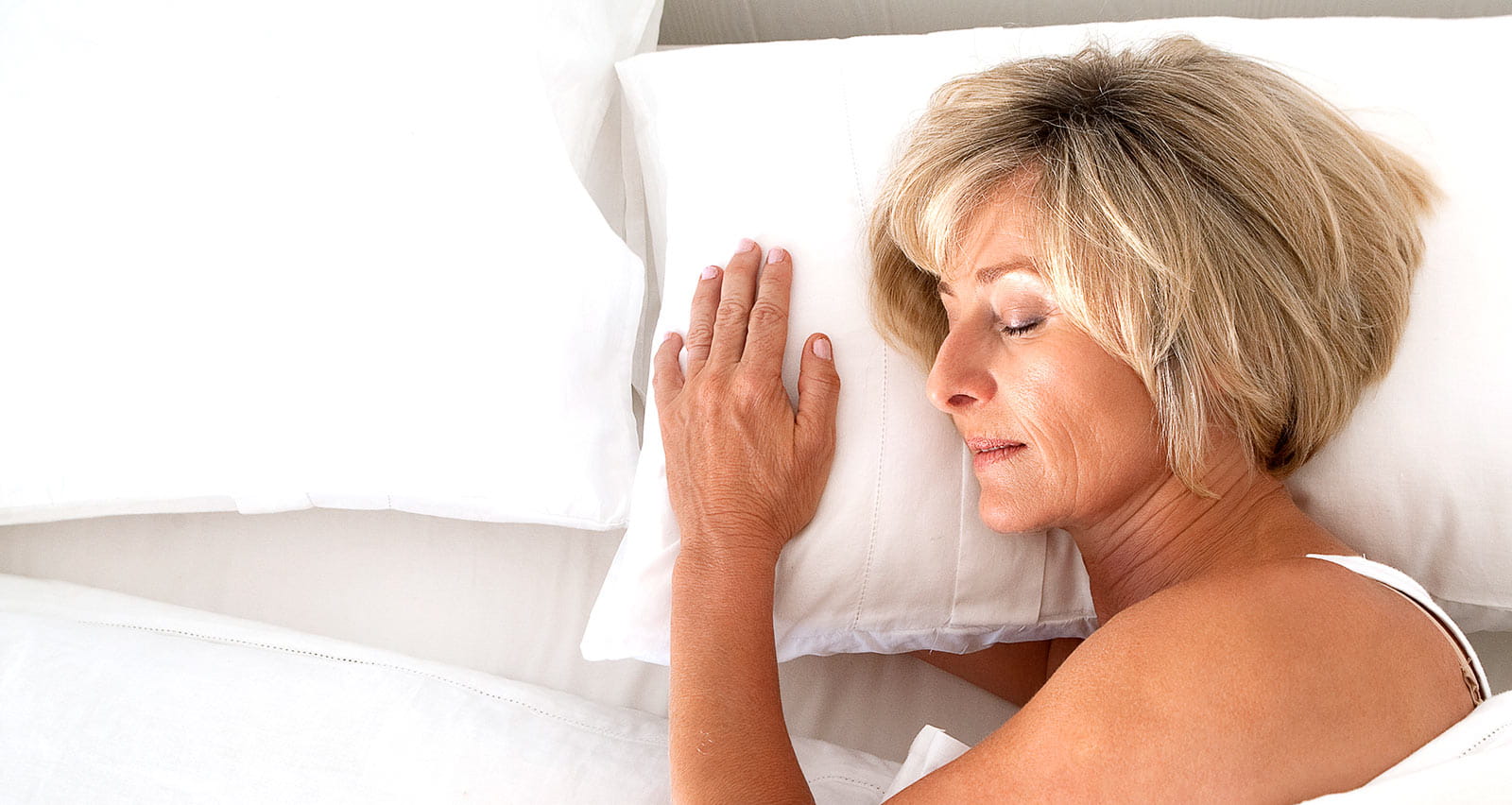
Inspire Therapy – An Innovative Surgical Treatment for OSA
When patients with moderate to severe OSA do not respond to conservative treatments or cannot tolerate CPAP therapy, the ear, nose and throat specialists at University Hospitals may recommend Inspire surgery as a treatment option.

Make an Appointment
To schedule an appointment with a University Hospitals sleep specialist, call 216-844-7378.Am I Eligible for Inspire Sleep?
Patients with moderate to severe sleep apnea may be eligible for Inspire Sleep Surgery. Learn More
Also known as hypoglossal nerve stimulation therapy, Inspire is a surgery in which a device is implanted in the neck and upper chest just below the collarbone (clavicle). The device stimulates the hypoglossal nerve, which controls the muscles of the tongue. While you are sleeping, a sensing lead monitors your breathing, and it delivers mild stimulation to the hypoglossal nerve, causing the tongue to move and open the airway with each breath.
Learn more about how INSPIRE worksAn Outpatient Surgery with Fewer Side Effects
Inspire surgery is generally performed as an outpatient surgery, although rarely patients may require a one-night stay in the hospital for monitoring. The operation itself usually takes about two hours and recovery time is typically shorter than with other types of sleep surgery. Side effects are usually minimal and may include:
- Pain and/or swelling at the incision site, which is usually mild and temporary
- Tongue weakness/soreness, which improves over time
Most patients are able to return to their normal activities after a few days. Approximately one month after implantation, patients will meet with their physician to establish their personal stimulation settings and learn how to use the Inspire sleep remote.
Am I Eligible for Inspire Sleep?
You are eligible for Inspire Sleep Surgery if:
- You are interested in a surgical option for your obstructive sleep apnea (OSA)
- You have moderate to severe OSA with a diagnostic sleep study in the past 2 years
- You tried CPAP therapy and it didn’t work
- You do not have significant trouble falling asleep
- You have a body mass index (BMI) of 32-35 or less
What if I’m not Eligible?
If you haven’t tried CPAP therapy or do not meet the qualifications for Inspire Sleep Surgery, schedule an appointment with a general sleep provider today.
Schedule Online

